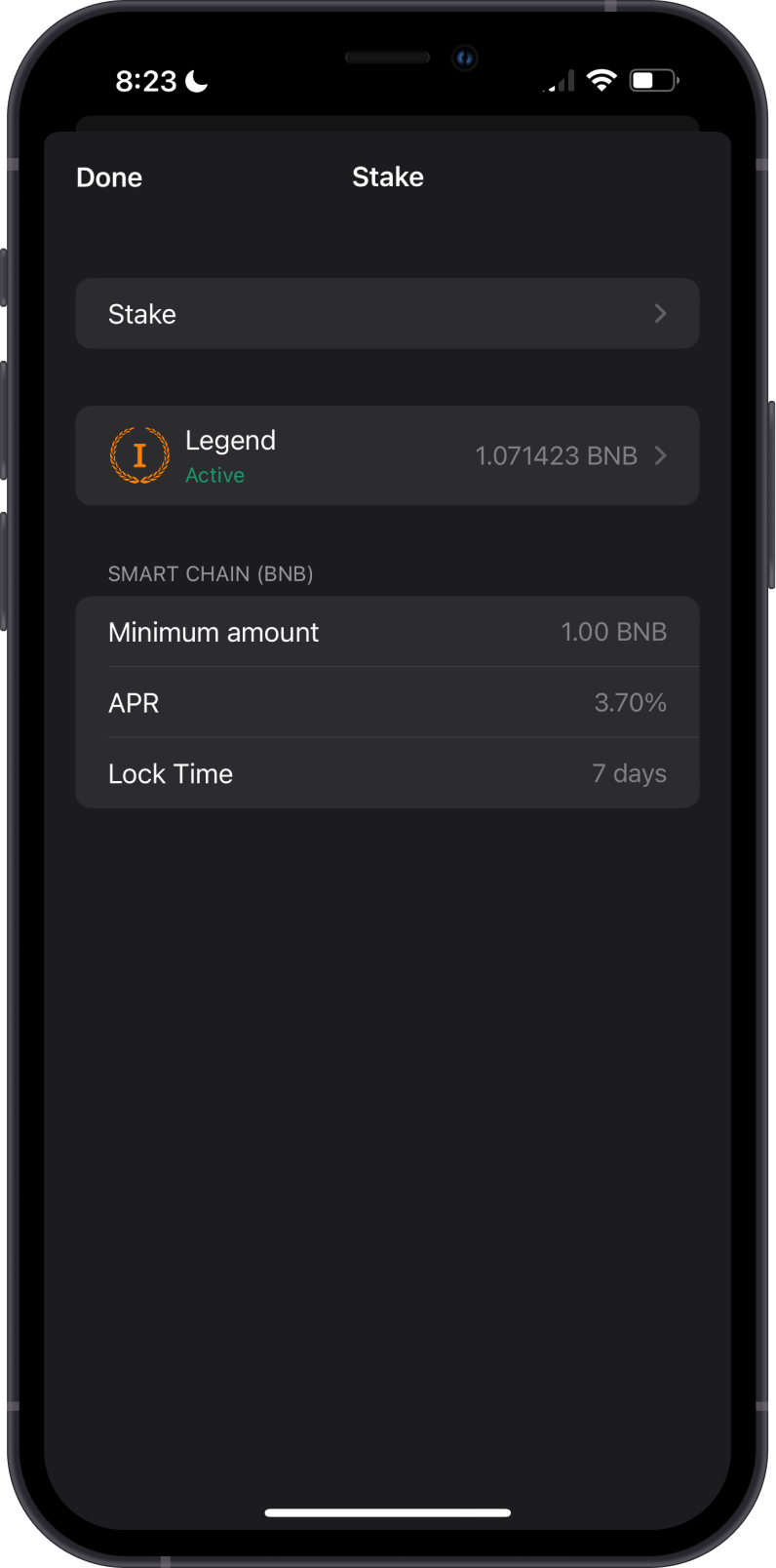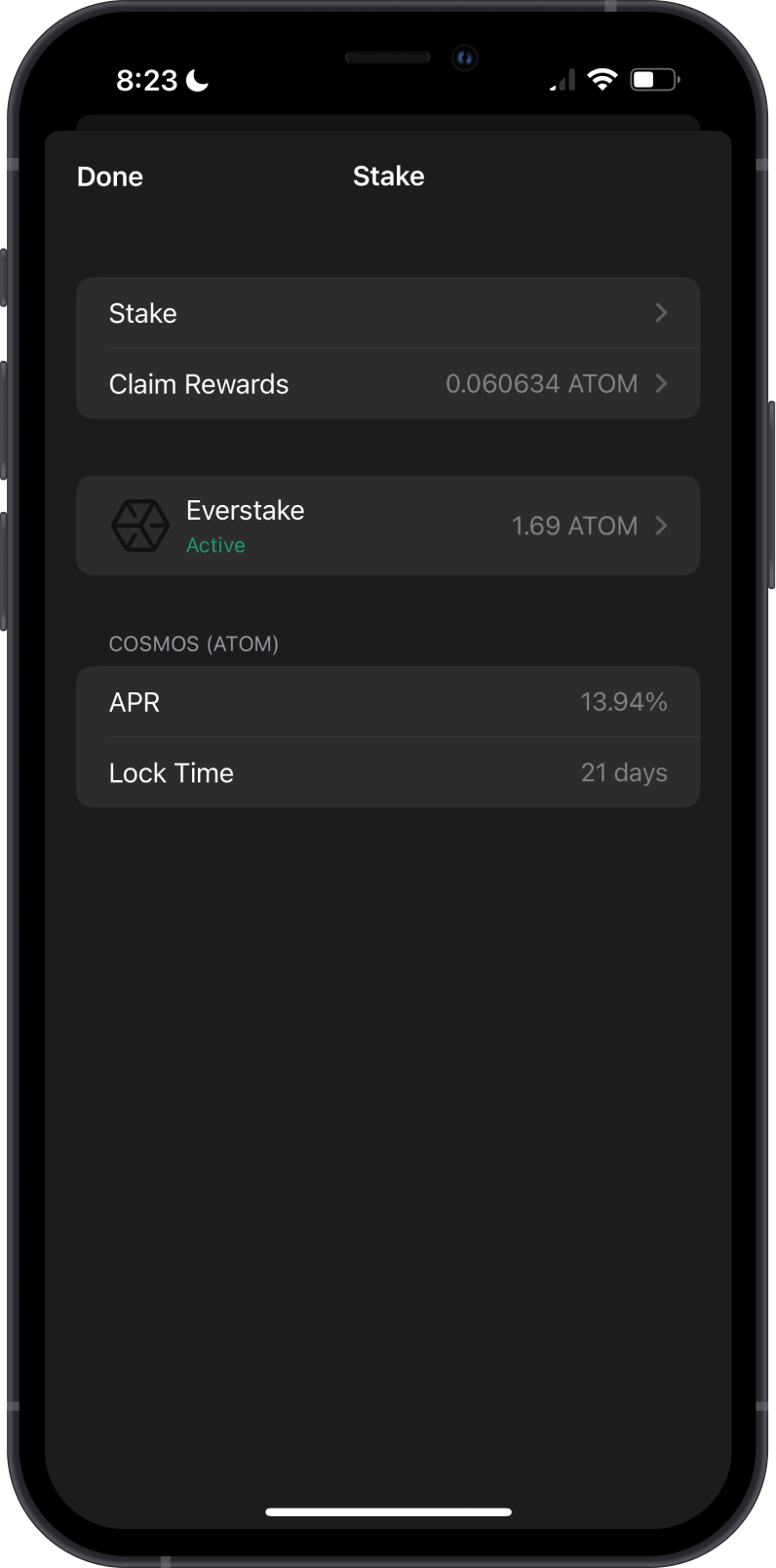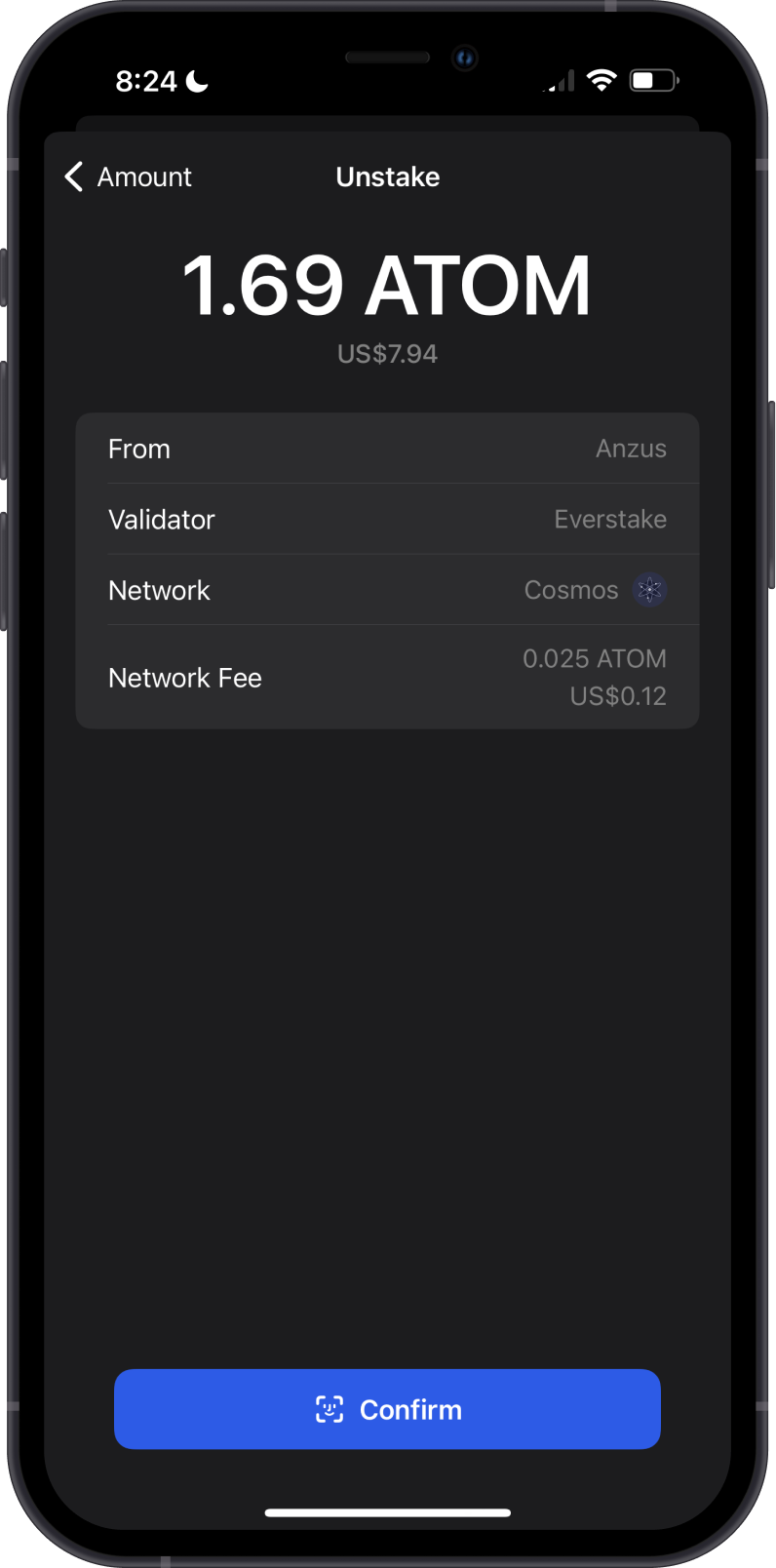What is Lock Time?
Lock time, also known as the unbonding or unfreezing period, is the duration during which staked assets are inaccessible after you decide to unstake them. During this time, the assets are still part of the network, but you cannot trade, transfer, or utilize them in any other way. The specific lock time varies depending on the blockchain network and the staking protocol you are participating in.
Understanding lock times is crucial for participants in staking, as it directly affects liquidity and access to staked funds.
Why Do Lock Times Exist?
Lock times exist to maintain the security and stability of the blockchain network. When participants stake their assets, they are helping secure the network by validating transactions and participating in governance. Lock times ensure that stakers have a commitment to the network and are not able to unstake and withdraw their assets immediately during times of volatility or network attacks.
Common Lock Times in Staking
Different blockchain networks have different lock times. Here are some examples:
-
Smart Chain (BNB): Binance Smart Chain has a flexible lock time depending on the staking service or product. For Gem Wallet, there is a 7-day unbonding period, during which stakers must wait before they can withdraw their funds.
-
Cosmos (ATOM): Cosmos has a lock time of 21 days. After initiating an unstake, users must wait 21 days before they can access their staked ATOM.


Learn more about Staking with Gem Wallet.
How Does Lock Time Affect Stakers?
Lock time can significantly affect a staker’s ability to access their funds. During the lock period, the staked assets cannot be used for other purposes, such as trading or liquidity provision. This creates an opportunity cost for stakers, as they miss out on potential market opportunities during this period. Therefore, it's essential for stakers to be aware of the lock time before committing to a staking protocol.
When you initiate an unstake command, Gem Wallet will show how long before the asset becomes available. See example below for Cosmos (ATOM).


As shown on the screenshot above, it will take 21 days before the ATOM tokens become available. During this time, you will not receive any staking rewards.
Is There a Way to Avoid Lock Time?
Liquid Staking is a way to avoid lock times. In liquid staking, users receive liquid tokens in exchange for their staked assets, allowing them to trade or utilize these tokens while their original assets remain staked. This enables stakers to maintain liquidity without having to wait for the lock time to expire.
Learn more about Liquid Staking.
Final Thoughts
Lock time is an integral part of staking that ensures the security of the network. However, it also restricts access to staked funds for a set period. It's important for users to understand the specific lock times associated with the network they are staking on and consider whether liquid staking might be a better option for maintaining liquidity.
For more information about staking and how to manage lock times, please explore the resources available on the specific blockchain's documentation or staking guides.